-
2019.06.06
Allergic and nonallergic asthma severity in children can be affected by microbial exposures. READ MORE
READ MORE -
2019.06.06
Dynamic establishment of the nasal microbiota in early life influences local mucosal immune responses and susceptibility to childhood respiratory disorders. READ MORE
READ MORE -
2019.06.06
House dust mites (HDM) are a predominant source of inhalant allergens that attribute to over 50% of worldwide allergy cases, while the full spectrum of HDM allergens remains unknown. Here we sequenced a high-quality genome of Dermatophagoides (D.) pteronyssinus to find known canonical allergens and allergen orthologs inferred from D. farinae genome. READ MORE
READ MORE -
2019.06.06
Chronic rhinosinusitis with nasal polyps (CRSwNP) is often characterized by local production of polyclonal IgE idiotypes. Although tissue IgE concentrations can be in the range of several thousand kilounits per liter, the regulatory mechanisms by which IgE-mediated inflammation is controlled in patients with nasal polyps are not well understood. READ MORE
READ MORE -
2019.05.17
Allergen-specific IgG4 increases during allergen specific immunotherapy (AIT). In this study, specific IgG4 against the individual major allergens of dust mites during AIT was investigated. READ MORE
READ MORE -
2019.05.17
There have been few studies conducted on the efficacy and safety of specific immunotherapy with allergen extracts of fungi compared with other allergen extracts, and there are no data on the major allergen Alt a 1 of the fungus Alternaria alternata.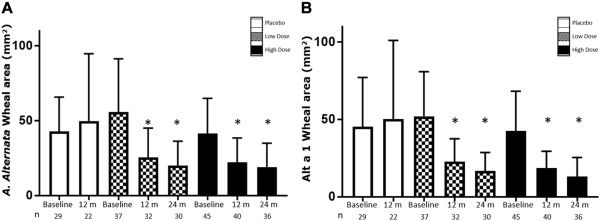 READ MORE
READ MORE -
2019.05.17
Cat allergy in human subjects is usually caused by the major cat allergen Fel d 1 and is found in approximately 10% of the Western population. Currently, there is no efficient and safe therapy for cat allergy available. Allergic patients usually try to avoid cats or treat their allergy symptoms.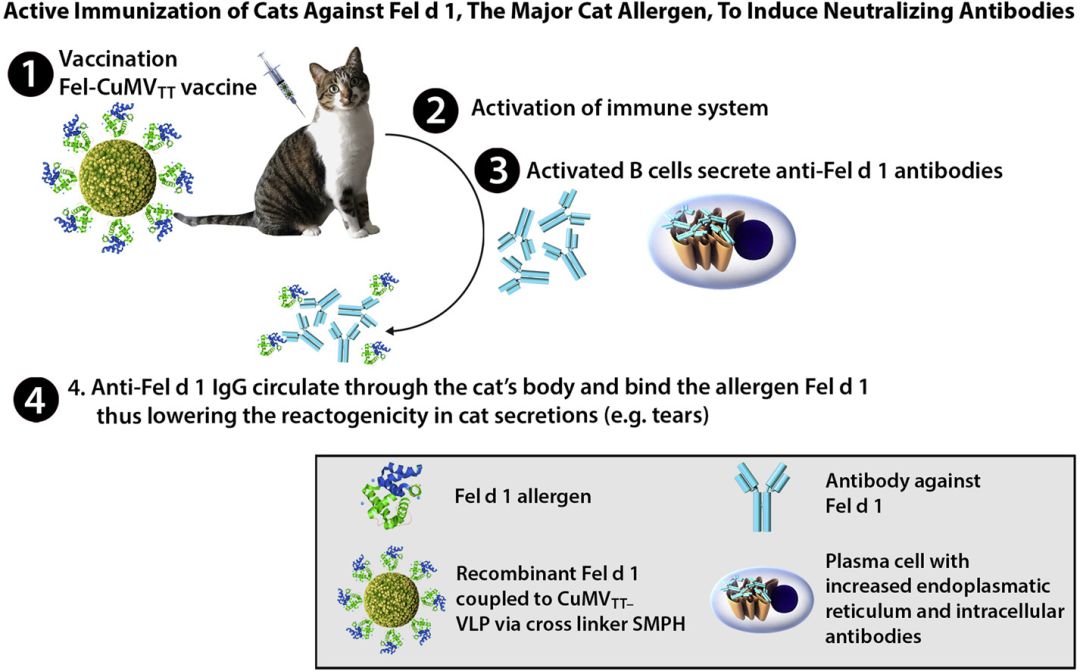 READ MORE
READ MORE -
2019.05.17
Allergen-specific IgE measurements and the clinical history are the cornerstones of allergy diagnosis. During the past decades, both characterization and standardization of allergen extracts and assay technology have improved. Here we discuss the uses, advantages, misinterpretations, and limitations of ImmunoCAP IgE assays (Thermo Fisher Scientific/Phadia, Uppsala, Sweden) in the field of allergology. READ MORE
READ MORE -
2019.04.30
Hypersensitivity pneumonitis (HP) is a TH1 lymphocyte–biased fibrosing alveolitis caused by antigens ranging from avian excreta, fungi, thermophilic bacteria, and protozoa to reactive chemicals found in the workplace. Mimicking a viral syndrome, acute exposures to inciting antigens cause abrupt onset of nonproductive cough, dyspnea, and chills with arthralgias or malaise usually from 4 to 8 hours later so that the temporal relationship between antigen exposure and symptoms might be unsuspected. The histology of HP reveals prominent lymphocyte infiltrates that thicken the alveolar septa with poorly formed granulomas or giant cells.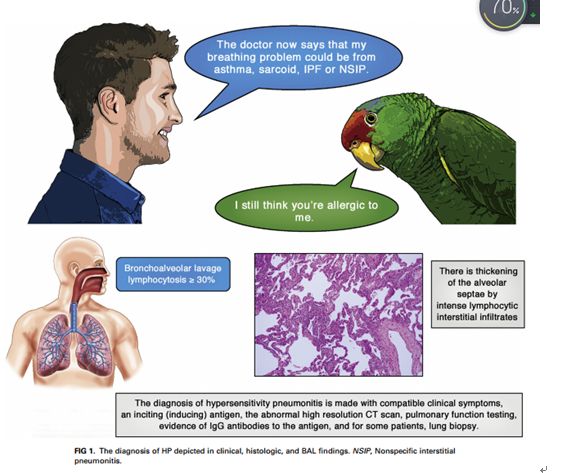 READ MORE
READ MORE -
2019.04.30
Allergen-specific immunotherapy (AIT) is a clinically and cost-effective allergy treatment that modifies the course of the disease and has long-lasting effects.1x1Cox, L., Calderón, M., and Pfaar, O. Subcutaneous allergen immunotherapy for allergic disease: examining efficacy, safety and cost-effectiveness of current and novel formulations. Immunotherapy. 2012; 4: 601–616 READ MORE
READ MORE -
2019.04.30
Type I allergic reactions to plant-derived food: A consequence of primary sensitization to pollen allergens https://doi.org/10.1016/S0091-6749(96)80062-5 Patients with pollen allergy also frequently experience allergic symptoms on ingestion of plantderived foods (fruits, vegetables, and spices). 1-3 The association of certain pollen allergies with food intolerance has led to the definition of clinical syndromes such as the celery-mugwort-birch pollen syndrome, the apple-birch pollen syndrome,and similar phenomena. More than 10 years ago, it was suggested that IgE antibodies that cross-react with pollen and food proteins could be responsible for the observed clinical phenomena. READ MORE
READ MORE -
2019.04.30
Allergen-specific IgE measurements and the clinical history are the cornerstones of allergy diagnosis. During the past decades, both characterization and standardization of allergen extracts and assay technology have improved. Here we discuss the uses, advantages, misinterpretations, and limitations of ImmunoCAP IgE assays (Thermo Fisher Scientific/Phadia, Uppsala, Sweden) in the field of allergology. READ MORE
READ MORE -
2019.04.15
Background Over the last decades, genomics and proteomics have contributed to the current knowledge of individualized allergenic components and their potential use in the diagnosis of IgE‐mediated allergies. Recent investigations have demonstrated that Alt a 1 should be considered as a relevant allergen of the Pleosporaceae group and that enolase is the main allergen involved in the cross‐reactivity to fungi. However, the real utility of these allergens as tools for the diagnosis of allergy to Alternaria is still unclear. Objective To demonstrate the current value of the available fungal allergen panel and the need to build an accurate mould allergen array for the diagnosis of allergy to Pleosporaceae. READ MORE
READ MORE -
2019.04.15
The extensive use of allergen molecules in birth cohort studies revealed that atopic sensitization is a sequential IgE response to distinct non–cross-reacting molecules from the same allergenic source (ie, molecular spreading), starting with an initiator molecule. This phenomenon reaches different degrees of progression (monomolecular, oligomolecular, and polymolecular) according to the individual atopic propensity and allergen exposure, thus producing an extreme heterogeneity of IgE sensitization profiles in patient populations. In patients with allergic rhinitis, the broader the IgE molecular sensitization profile, the greater is the risk of asthma and other allergic comorbidities, such as oral allergy syndrome. READ MORE
READ MORE -
2019.04.15
Background: There is an increasing interest in targeted application of probiotic bacteria for prevention and treatment of airway diseases, including allergies. Here, we investigated the beneficial effects of preventive intranasal treatment with probiotics Lactobacillus rhamnosus GG and L. rhamnosus GR-1 in a mouse model of allergic asthma.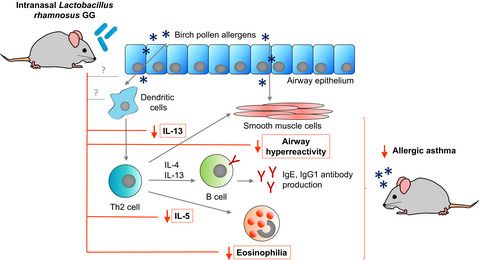 READ MORE
READ MORE -
2019.04.15
Asthma is the most prevalent chronic disease of childhood. Recently, we identified a critical window early in the life of both mice and Canadian infants during which gut microbial changes (dysbiosis) affect asthma development. Given geographic differences in human gut microbiota worldwide, we studied the effects of gut microbial dysbiosis on atopic wheeze in a population living in a distinct developing world environment.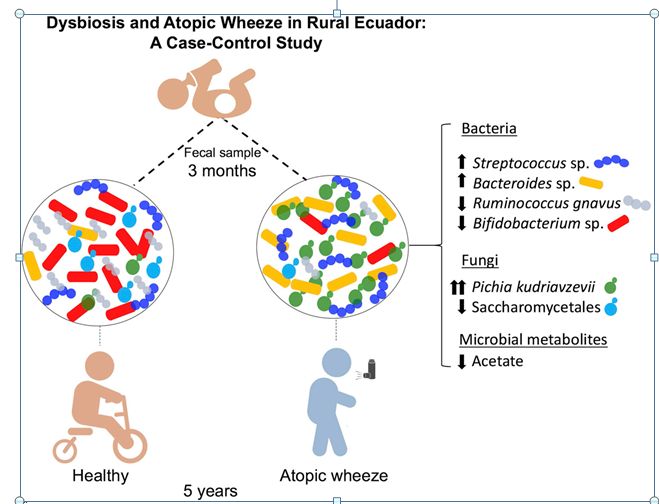 READ MORE
READ MORE -
2019.04.15
Primary human blood-derived mast cells (MCs) were generated from peripheral blood precursors, sensitized with patients' sera, and then incubated with allergen. MC degranulation was assessed by means of flow cytometry and mediator release. We compared the diagnostic performance of MATs with that of existing diagnostic tools to assess in a cohort of peanut-sensitized subjects undergoing double-blind, placebo-controlled challenge.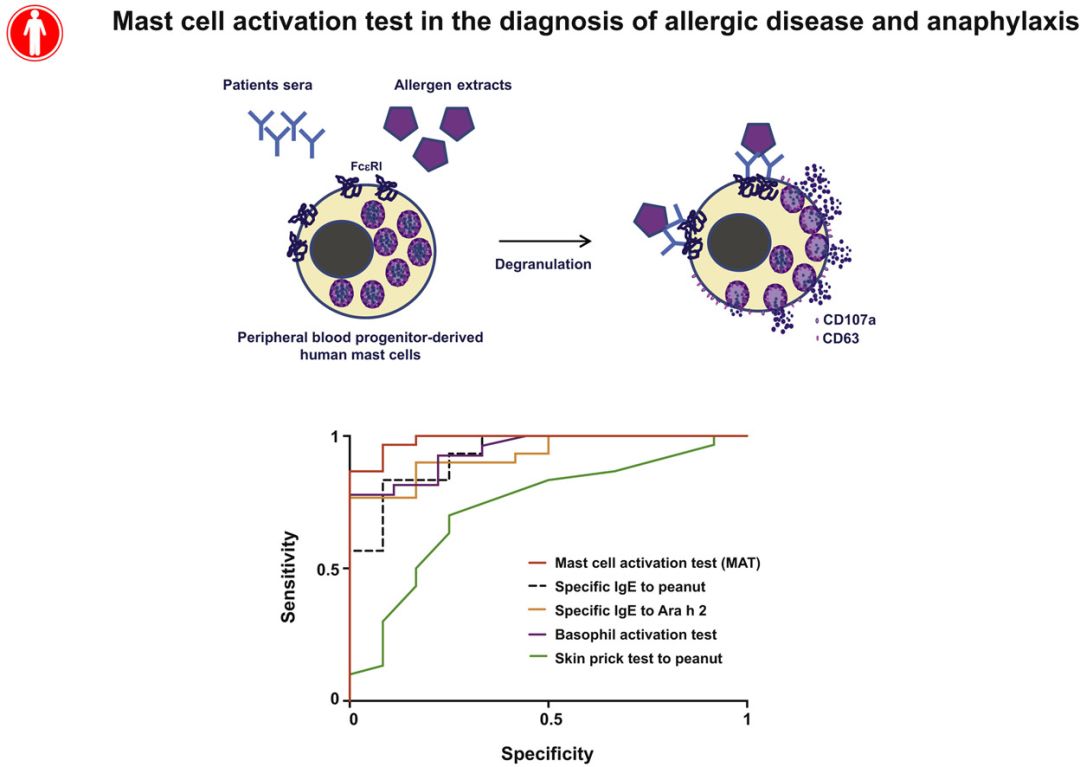 READ MORE
READ MORE -
2019.04.15
The intestinal microbiota plays an important role in development of the immune system and regulation of immune responses. This review summarizes the association between the intestinal microbiota and the development of allergic sensitization, eczema, and asthma in neonates and children. Overall, a greater relative abundance of Bacteroidaceae, Clostridiaceae, and Enterobacteriaceae and a lower relative abundance of Bifidobacteriaceae and Lactobacillaceae is associated with the development of allergic sensitization, eczema, or asthma. Reduced bacterial diversity can be associated with the development of allergic disease. READ MORE
READ MORE -
2019.04.04
Oral microbiota maturation during the first 7 years of life in relation to allergy developmentBackground: Allergic diseases have become a major public health problem in affluent societies. Microbial colonization early in life seems to be critical for instructing regulation on immune system maturation and allergy development in children. Even though the oral cavity is the first site of encounter between a majority of foreign antigens and the immune system, the influence of oral bacteria on allergy development has not yet been reported.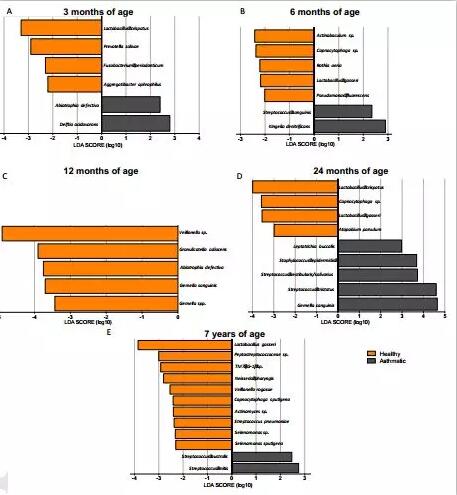 READ MORE
READ MORE -
2019.04.04
Integrative Analysis of the Intestinal Metabolome of Childhood AsthmaBackground The intestinal metabolome reflects biological consequences of diverse exposures and may provide insight into asthma pathophysiology.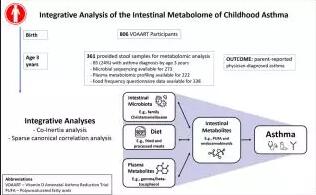 READ MORE
READ MORE
 杭州浙大迪迅生物基因工程有限公司
杭州浙大迪迅生物基因工程有限公司
